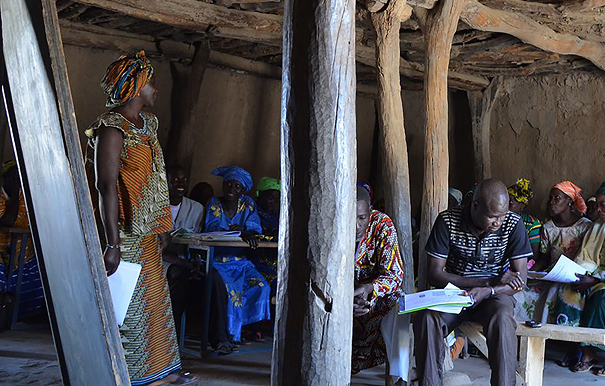At the Centre of Excellence for South-South Cooperation in Agriculture (ISSCA), we believe that the future of agricultural innovation lies not in isolated breakthroughs but in collective, scalable success. Our approach redefines South-South Cooperation as a dynamic exchange of solutions, not aid—where every country brings value, every lesson matters, and every innovation can be adapted and amplified across geographies.
Rooted in ICRISAT’s 50+ years of scientific excellence and real-world impact in the drylands of Asia and Africa, our model fuses rigor with relevance—translating agricultural technologies into tangible outcomes for communities facing similar challenges across the Global South.

We leverage India’s vast repository of agricultural innovations as a launchpad for knowledge transfer, while actively learning from and adapting to the unique agroecological realities of Africa, Latin America, ASEAN, and beyond.
Our work bridges scientific excellence with community priorities. We identify, curate, and customize technologies, tools, and models developed by ICRISAT, CGIAR partners, NARS institutions, the private sector, and other innovators—ensuring relevance and impact on the ground.
Every solution we promote is chosen for its scalability, adaptability, and systemic potential—whether it’s a seed variety, soil health practice, or digital platform. We pair these with capacity building, technical backstopping, and institutional support.
We work hand-in-hand with national governments, research institutes, policy platforms, and agri-entrepreneurs to co-create regional solutions. This includes immersive learning programs, policy dialogue, and technology matchmaking to ensure alignment and uptake.
Our approach is backed by a robust Monitoring, Evaluation, and Learning framework, aligned with One CGIAR’s five global impact areas. We track not just adoption, but real change—in nutrition, climate resilience, equity, income, and sustainability.
ISSCA isn’t just about transferring technology—it’s about transforming systems. We’re building bridges between regions, between researchers and practitioners, between challenges and solutions.